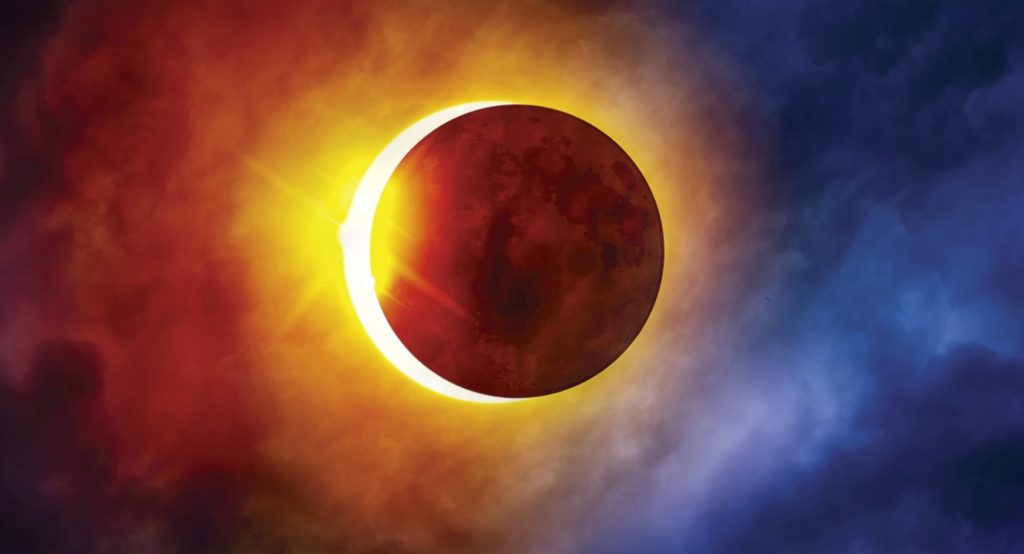
On December 4, 2021 just an hour after sunrise the “White Continent” will go dark as a total solar eclipse occurs in one of our planet’s most remote and beautiful regions.
The Antarctica eclipse will be experienced by more penguins than people, but there will be cruise ships on the water and a handful of scenic flights in the skies above. To be in the shadow of the Moon and maybe catch a glimpse of the Sun’s ethereal, ice-white corona is the prize.
One of nature’s greatest experiences is coming—and there are odd some things you probably don’t know about it:
1. The ‘totality’ is only visible in Antarctica
Occurring low in the sky above the floating icebergs of the Wedell Sea on December 4, 2021, this (maximum 1 minute 54 seconds) total solar eclipse is exclusive to Antarctica.
Onlookers will feel the Moon’s shadow rush towards them and the temperature drop while the light plunges back to twilight after a brief Antarctica night.
If skies and clear, with naked eyes they’ll see the last ray of sunlight form a beautiful “diamond ring” around the Moon before the big reveal of the Sun’s delicate ice-white corona spraying into space.
2. The Moon’s shadow will ‘go backwards’
Eclipse-chasers are used to looking at a path of totality that goes from west to east. The stars, the Sun and the Moon rise in the east, but the Moon is actually orbiting Earth—really fast—in the opposite direction.
That’s normally revealed during a total solar eclipse when its shadow zips across Earth from west to east. On December 4, however, the path of totality curves across the lines of longitude and moves “backwards” on the map—from east to west—because the South Pole is tilted towards the Sun.
3. Emperor Penguin colony will experience totality year
Ever seen an Emperor penguin with a confused look on its face? An Emperor Penguin colony breeds on the ice near the northwestern coast of Berkner Island and the Ronne Ice Shelf, about 90 km northwest of Gould Bay in the southern Weddell Sea.
There are about 8,000 here—far greater than the number of humans who will experience totality—who will “go dark” for 1 minute 45 seconds.
4. Two planes will fly in from Chile and Australia
Airborne eclipse-chasing lacks the drama of the eclipse experience from the ground, but for those who just want to see a clear totality it’s a quick—albeit expensive—option.
On December 4, 2021 two special scenic flights will depart from Santiago, Chile and from Melbourne, Australia to intercept the path of totality.
The former will attempt to see the eclipsed Sun at the moment of sunrise.
5. Solar eclipses happen in Antarctica every 18 years, 11 months and 8 hours
They may seem random but there is a long underlying pattern behind solar eclipses. The solar saros cycle, a repeating pattern of the Sun, Moon and Earth, throws near-identical shadows across space every 18 years, 11 days and 8 hours.
That’s 223 orbits of the Moon around the Earth. Antarctica has its own saros cycle—Saros 152—which began causing total solar eclipses in 1967 and will continue to do so until the year 2490.
It creates solar eclipses at almost the same latitude, every 18 years, 11 days and 8 hours, but the latitude changes.
The last one was on November 24, 2003 and the next one is on 15 December, 2039 in remote east Antarctica.
6. Two of the world’s most remote islands will see a big partial solar eclipse
A partially eclipsed Sun will be visible from Tristan da Cunha, the most remote inhabited archipelago in the world in the South Atlantic Ocean.
The 250 people on this British Overseas Territory will see a 52% partial solar eclipse. The seals, seabirds, and penguins of tiny Bouvet Island, a Norwegian-claimed volcanic island and often regarded as the most remote island on the planet, will see a 63% partial solar eclipse.
Southern Namibia and South Africa will also experience partiality, but only of a few percent.
7. The following solar eclipse is also in Antarctica
As well as hosting the final solar eclipse of 2021, Antarctica will also stage the first one of 2022 when on April 30, 2022, a partial solar eclipse will see 64% of the Sun covered by the Moon as seen from west of the Antarctica Peninsula.
A smaller partial solar eclipse will be visible in the south Pacific and western South America. It will precede a total lunar eclipse on May 16, 2022, which will be easy visible to all in North America and South America. [Forbes]
Discover in this video the best astronomical events of December 2021:
Wishing you clear skies and wide eyes.
Now subscribe to this blog to get more amazing news curated just for you right in your inbox on a daily basis (here an example of our new newsletter).
You can also follow us on Facebook and/ or Twitter. And, by the way you can also make a donation through Paypal. Thank you!
You should really subscribe to QFiles. You will get very interesting information about strange events around the world.




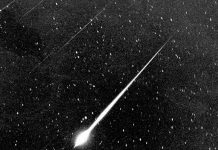
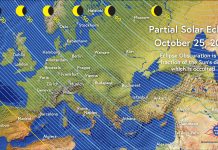
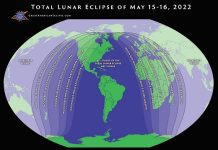
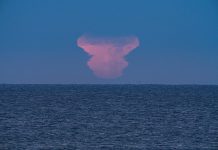

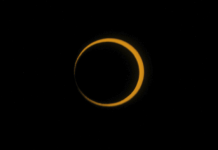
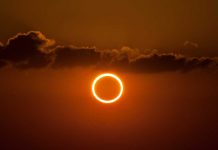
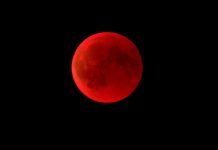


ran and Taliban forces clash in border area
Iranian media say Taliban forces opened fire on Iranian farmers thinking they violated the border, leading Iranian soldiers to intervene.
Taliban is now boggy man , Iran attacked is started…
https://www.aljazeera.com/news/2021/12/1/iran-and-taliban-forces-clash-in-border-areas
Well Mankind will be never normal again. These are signs of heavens and God massage we all are end of rope indeed, unless change our ways. With 1st case of Omicron in USA now stock will go down again ……